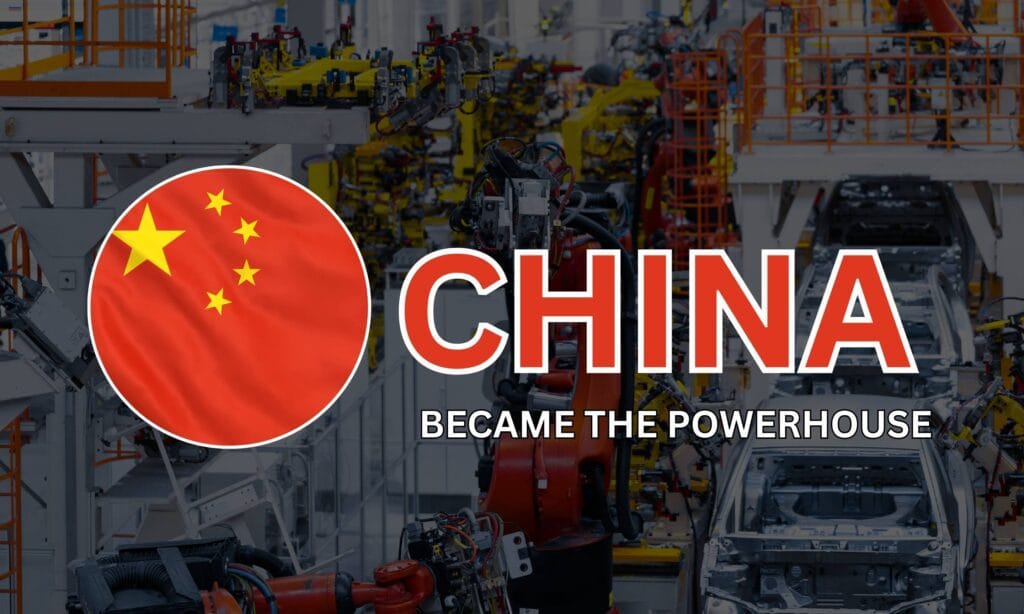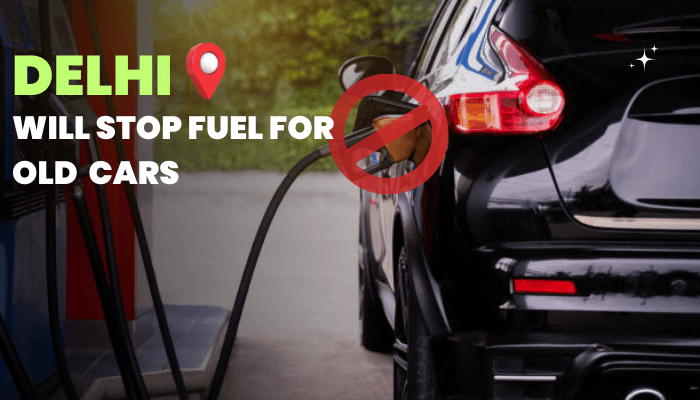The electric vehicle (EV) revolution is reshaping the future of mobility. Countries like China around the world are racing to adopt cleaner technologies and shift from fuel-powered vehicles to electric ones. However, there’s one major player leading the charge — China. With a strong hold over the EV battery supply chain, China has become a dominant force in the global automotive industry. But what does this control mean for the rest of the world?
The Backbone of EVs: Batteries
At the heart of every electric vehicle lies a powerful battery, mostly made from materials like lithium, cobalt, graphite, and nickel. These raw materials are critical to manufacturing lithium-ion batteries, the most commonly used batteries in EVs.
China is not only the largest EV market in the world but also the biggest producer of EV batteries. It controls over 75% of the world’s lithium-ion battery manufacturing capacity. Companies like CATL and BYD, both based in China, are global leaders in battery production.
Dominance in Raw Materials
China’s influence starts right from the source. Through overseas investments and partnerships, Chinese companies have secured access to key minerals from Africa, South America, and Australia. For example, China refines over 60% of the world’s lithium and more than 80% of its cobalt — both essential for EV batteries.
Even if other countries mine these materials, they often depend on China for processing. This gives China unmatched control over the early stages of the battery supply chain.
Export Controls and Global Concerns
In 2024, China introduced export restrictions on graphite, a key material used in battery anodes. This move raised alarms globally, as it could disrupt the supply chain and impact EV production in countries like the U.S., Japan, and South Korea.
The world is starting to feel the pressure of China’s control. Automakers outside China are now facing supply delays, rising costs, and uncertainty. These issues could slow down EV adoption in some regions, delaying climate goals and affecting car prices.
Western Response: Building a Local Supply Chain
Governments and companies in the U.S., Europe, and India have realized the risks of depending heavily on China. They are now working on building their own EV ecosystems — from mining and processing to battery manufacturing and recycling.
In the U.S., the Inflation Reduction Act offers incentives for EV makers to use locally sourced materials and manufacture batteries onshore. Similarly, the EU has launched its European Battery Alliance to reduce reliance on Chinese supply chains.
However, building these new supply chains takes time — possibly years. Until then, many countries will continue to depend on China for key battery components.
What Lies Ahead?
China’s lead in the EV battery space gives it economic and geopolitical leverage. As demand for EVs grows worldwide, countries must work together to create a more balanced and secure supply chain.
Innovation in battery technology, such as sodium-ion or solid-state batteries, could also shift the balance in the future. But for now, China remains the driving force behind the EV battery revolution.
Conclusion
China’s dominance in the EV battery supply chain is both a strength and a concern for the global automotive industry. While it has accelerated the growth of electric mobility, it also exposes the world to supply chain risks. Moving forward, collaboration, investment, and diversification will be key to reducing over-dependence and ensuring a stable EV future for all.
Stay Ahead with My Car Wisdom
Want to know how China’s battery dominance could affect your next EV purchase?
Follow My Car Wisdom for simple insights, global auto trends, and smart car advice — all in one place.
From tech to trade, we decode the auto world for you.
Drive smarter. Stay updated.
Follow us today!
Raja Yadav, the content writer at My Car Wisdom, brings a unique voice and style to our blog. With a knack for storytelling and a keen eye for detail, Raja ensures that every piece of content is informative, engaging, and easy to understand. His focus is on delivering high-quality articles that cater to both novice car owners and seasoned automotive enthusiasts.




